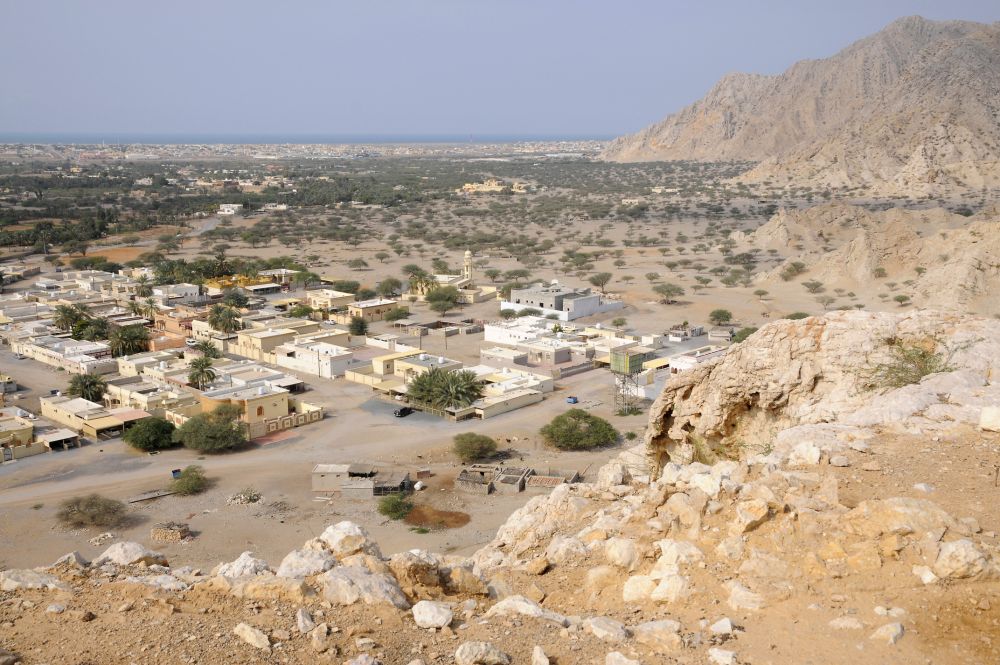

The United Arab Emirates (UAE) is known for its rapid development and opulent tourist attractions, with each emirate having its unique offerings. Ras Al Khaimah, one of the seven emirates, has recently emerged as a tourism hub, allured by its pristine beaches, desert landscapes, and rich cultural heritage. Shimla, a less well-known area within Ras Al Khaimah, offers a distinctive blend of nature and history poised to capture the hearts of travelers.
The history of tourism in Ras Al Khaimah, and indeed in the area known as Shimla, is relatively modern when compared to international standards. Though the UAE has a rich history dating back thousands of years, the endowment of the UAE with tourism infrastructure began in the late 20th century post the formation of the UAE federation in 1971. Shimla, as part of Ras Al Khaimah, traditionally relied on agriculture, fishing, and pearl diving for its economic sustenance.
The transformation of Ras Al Khaimah, with Shimla benefiting as part, began in earnest in the early 2000s. The RAK government, seeing the potential in diversifying its economy towards tourism, started investing in infrastructure- building hotels, resorts, and tourist attractions that showcase both the emirate's natural beauty and rich history. Shimla, with its serene landscapes and strategic location near the Hajar Mountains, became an ideal place for eco-tourism and cultural experiences.
One of the latest trends is the rise of eco-tourism and adventure travel, which has become increasingly popular worldwide and is now taking hold in Ras Al Khaimah, including Shimla. Visitors are seeking out more natural and authentic experiences, which Shimla offers in abundance. From mountain hikes to bird watching and exploring ancient archaeological sites, Shimla allows tourists to immerse themselves in the tranquility of nature away from the bustling city life typically associated with the UAE.
Another key part of the tourism offering in Shimla is the emphasis on cultural preservation and history. Efforts have been made to restore and maintain historical sites and to promote the traditional crafts and culture of the local inhabitants. This not only provides an enriching experience for visitors but also helps to sustain the cultural legacy of the region.
In response to global concerns about the environment and sustainable practices, there has been a push towards responsible tourism in Ras Al Khaimah's Shimla. This includes initiatives like the Ras Al Khaimah Tourism Development Authority's (RAKTDA) sustainable tourism strategy focusing on minimizing environmental impact and contributing to the conservation of local culture and traditions.
Going forward, the tourism sector in Shimla is set to expand further. Emerging trends such as personalized travel experiences, digital nomadism, and wellness tourism are likely to shape the future of tourism in the region. With the planned developments and the increased focus on sustainability, Shimla is poised to establish itself as a destination that provides a perfect blend of history, culture, adventure, and natural beauty.
Ras Al Khaimah, including the lesser-known Shimla, is transforming into a dynamic tourist destination that reflects both the ancient heritage of the Emirates and the modern, forward-thinking vision of its leaders.